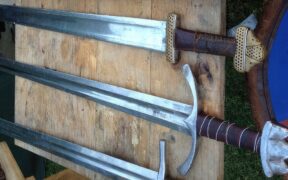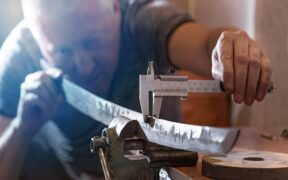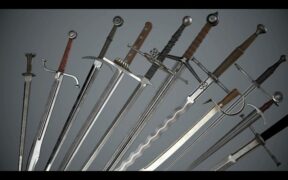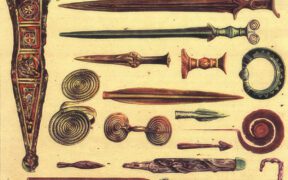How Heavy Were Medieval Swords? – Not as Much as You Think!
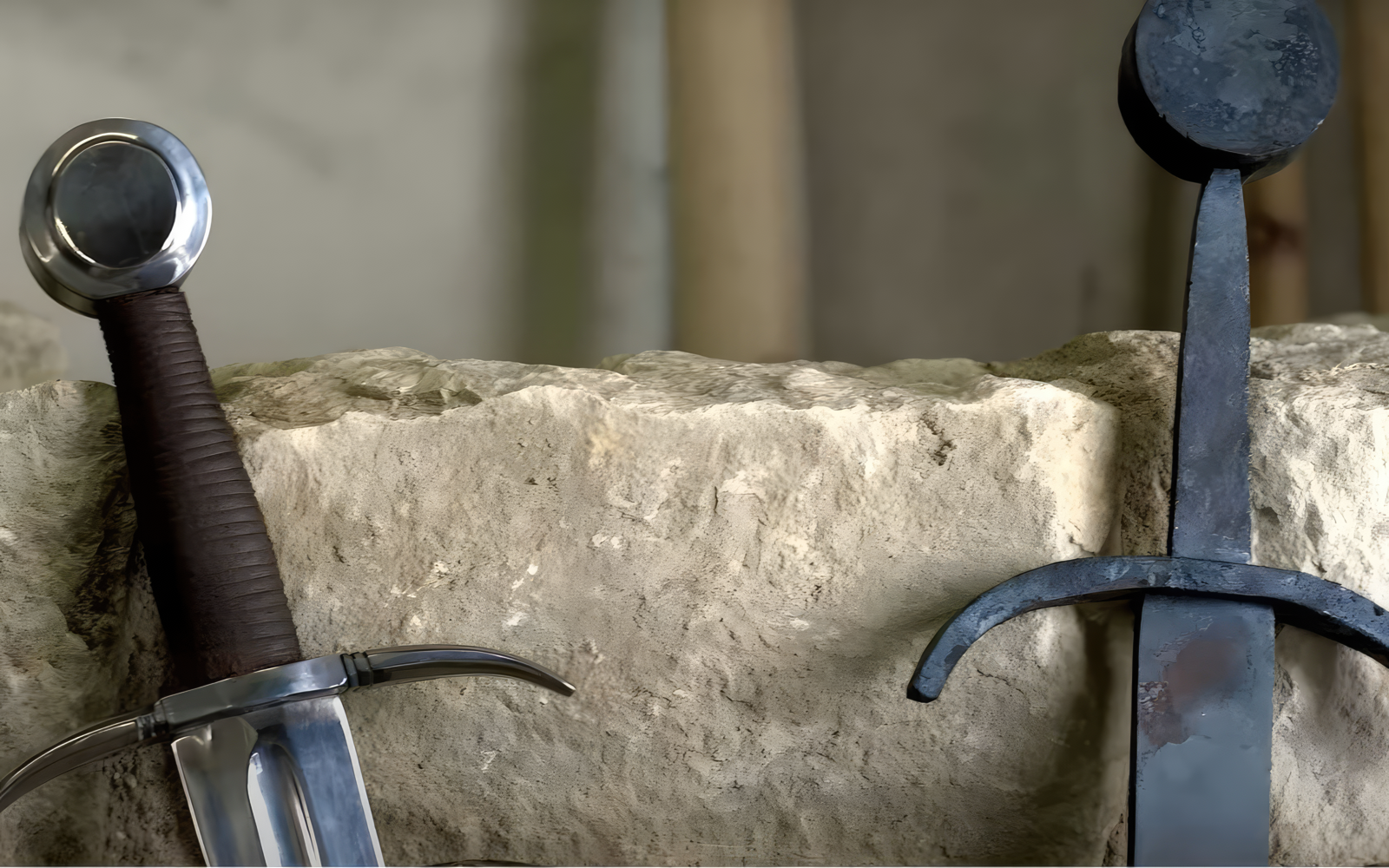
European medieval swords were used from the 5th to the 16th century. In addition to being used in battle, they reflected one’s status and nobility. They were linked to martial arts, myths, and masculinity.
Many people think of the Middle Ages as a primitive time with a focus on fighting. Medieval swords are often seen as cumbersome weapons used only in battle.
In this article, we’ll clear up these misunderstandings, looking at the common myths. We will discuss what medieval swords were really like, including their size.
How Heavy Were Medieval Swords?
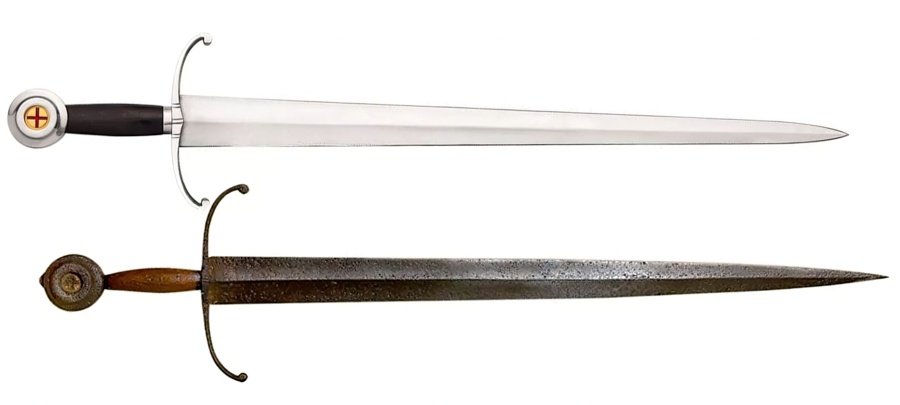
Medieval swords, from one-handed Migration or Viking swords to longswords, were light, nimble, and well-crafted. They were made for slashing, thrusting, chopping, throwing, and half-swording and could be used with plate armor or shields.
Peter Johnsson, a leading expert on swords today, says, “In general, they (medieval swords) are quick and precise, and expertly well balanced for their intended use.”
- Combat One-Handed Swords Weight: 2.4 – 2.0 lbs (1.1 – 1.3 kg)
- Combat Two-Handed Swords Weight: 2 – 4.5 lbs (1.3 – 2 kg)
Ewart Oakeshott, the leading expert on Western European swords, created a way to classify medieval swords. He said, “Medieval Swords are neither unwieldy heavy nor all alike. The average weight of any one of normal size is between 2.5 lb. and 3.5 lbs (1.1 and 1.6 kg). Even the big hand-and-a-half ‘war’ swords rarely weigh more than 4.5 lbs (2 kg).”
Bearing swords, which were heavier, were made for show, not fighting. They were larger and decorative, sometimes weighing up to 10 lbs (4.5 kg).
Medieval swords were not perfectly made. Tod Cutler, who studies history and makes replicas of medieval weapons, noted, “Not all medieval swords were crafted to perfection, as is commonly believed.”




Examples and Various Medieval Swords Weights
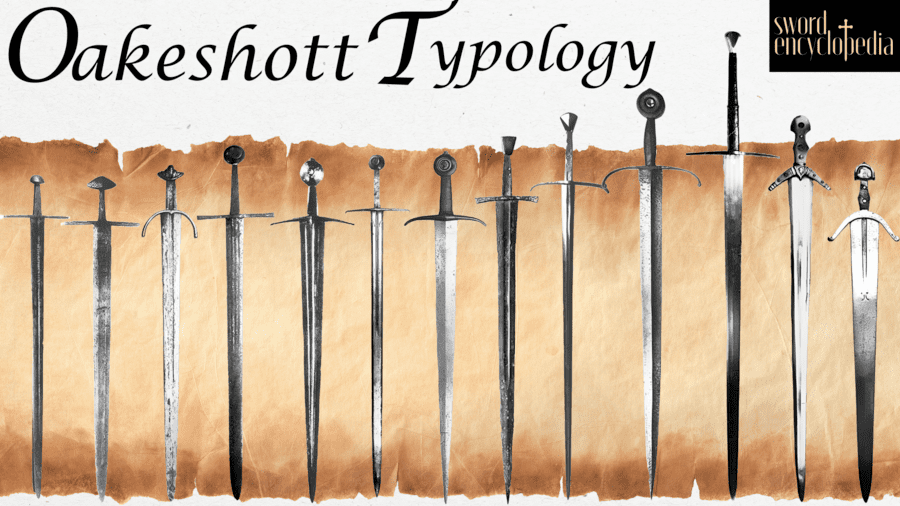
Matt Easton, a HEMA instructor and antique dealer with experience with more than 100 historical blades, states, “Medieval swords range in weight, and some of them are even lighter than Napoleonic or post-Napoleonic swords (19th century).”
These are examples of weights from each century:
- 11th-century Viking Sword – 2.46 lbs (1.11 kg)
- 12th-century Norman Sword – 3.19 lbs (1.44 kg)
- 12th-century Arming Sword – 3.3 lbs (1.5 kg)
- 13th century Falchion – 3 lbs (1.36 kg)
- 14th-century Longsword/Bastard Sword – 3.08 lbs (1.39 kg)
- 15th-century Longsword – 3.4 lbs (1.54 kg)
- 15th-century Messer – 2.06 lbs (0.93 kg)
- 15th-century Arming Sword – 2.65 lbs (1.2 kg)
- 15th-century Henry’s Sword (Arming Sword) – 2.2 lbs (1 kg)
- 16th-century Zweihander (Greatsword) – 6.5 lbs (2.94 kg)
Modern Replica vs. Antique Medieval Sword Weight
While antique medieval swords used by European knights can look the same as modern-made replicas, their weights vary depending on their function.
Decoration
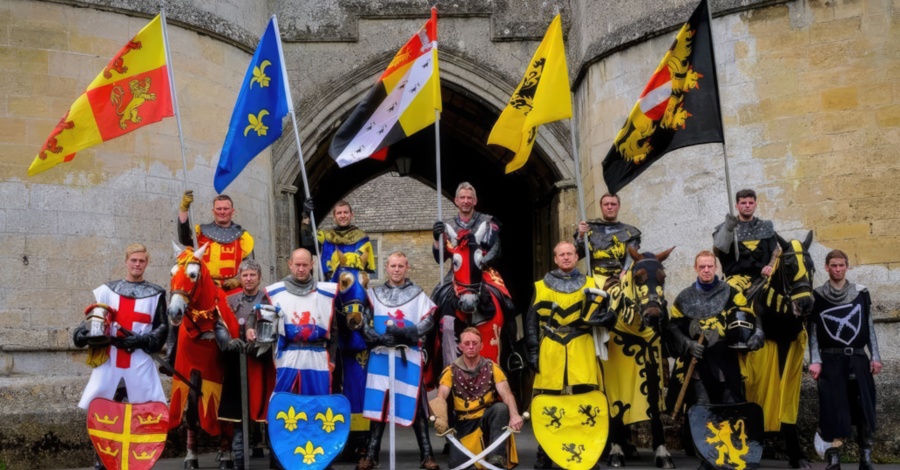
Decorative medieval swords made today can be made of high-carbon steel like their predecessors but are made with stainless steel because it doesn’t rust as easily.
These modern decorative swords might be heavier than the originals if manufacturers today don’t follow the correct measurements.
J. Clements, who has studied more than 200 European swords from the 12th to 16th centuries, says, “Nowadays, many cheap and not-so-good swords, whether they’re copies of historical ones, for reenactments, fantasy designs, theater props, or just for decoration, are often made too heavy and don’t balance well.”
Functional
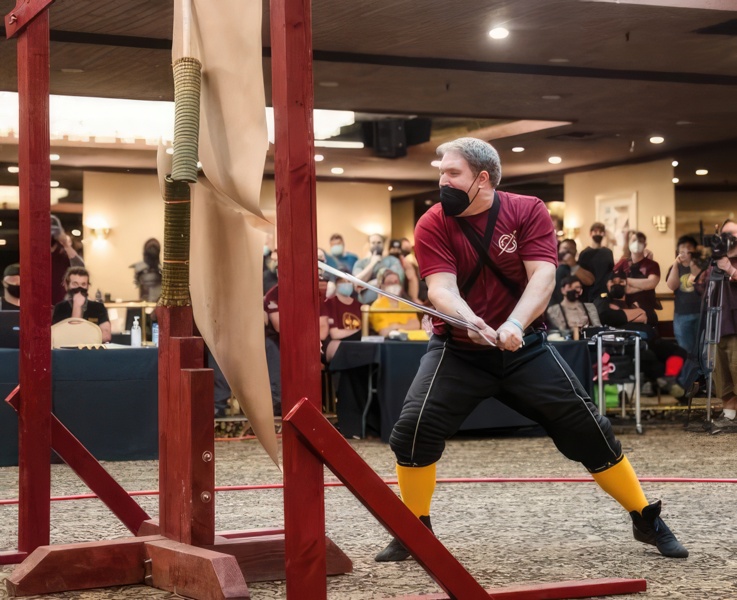
Modern medieval replicas try to follow historical designs and, therefore, have similar weights. This can be modified depending on the personal order and the smith’s experience.
Swords are Heavy and Cumbersome: Modern Misconceptions
In television, anime, and video games, medieval swords are often portrayed as awkward, heavy weapons that were difficult to use.
- Extremely Heavy – Medieval swords are said to weigh as much as 66 lbs (30 kg).
- Purely Slashing Tools – Medieval swords are often thought to be used for slashing alone, relying on strength instead of accuracy.
- Lack of Swordsmanship – The idea that medieval swords were heavy is linked to the belief that sword fighters lacked skill and technique.
- Dealing with Armor – Medieval swords are often thought of as crude, rounded, and perfect for smashing through armor. Their weight is said to be necessary for dealing with the heavy plate armor.
These misconceptions are frequently seen in fantasy scenarios with historically inspired swords. The wielder of a medieval sword is usually portrayed as a powerful knight who sacrifices his speed and agility to attack.
Some documentaries that vow to show historical accuracy can represent this misconception on a much larger scale.
The Netflix documentary Queen Cleopatra and The History Channel’s Forged in Fire had this to say while talking about medieval military technology. “Medieval swords were cumbersome and heavy emphasizing individual duels, whereas ancient swords were light and swift”. Some have even declared that 14th-century war swords can weigh as much as 40 lbs (18 kg).
Medieval and Post-Medieval Swords
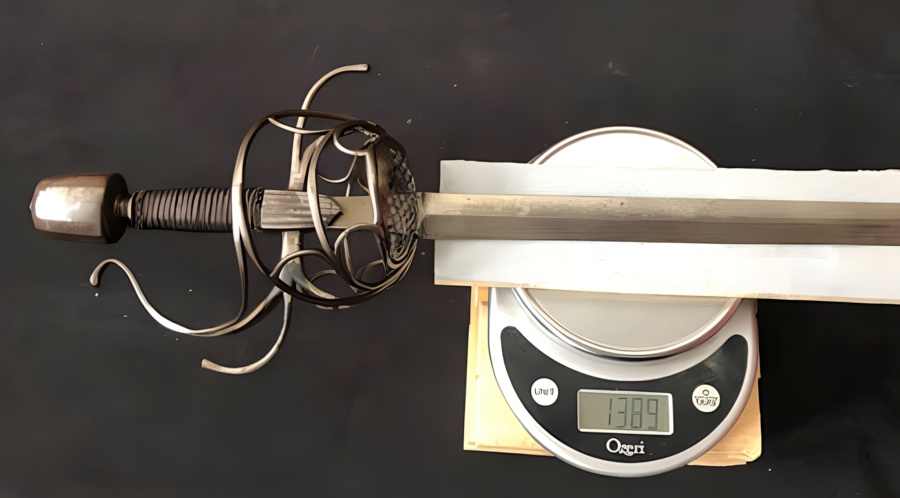
The misunderstanding about medieval swords being heavy is not new. The idea dates back to the Victorian Era, with sword trainers and enthusiasts from that time.
Thomas Page, a renowned sword trainer of the 19th century and the writer of “The Use of the Broadsword,” had this to say, “They (medieval swords) were the instruments of strength, not the weapons of art. The sword was enormous in length and breadth, heavy and unwieldy, designed only for right down chopping by the force of a strong arm”.
Many sword trainers in Historical European Martial Arts (HEMA) schools say similar things. These comments often come from people who are used to dueling with smallswords, curved sabers, and foil blades, which can be as light as 0.9 lbs (0.4 kg).
After the Middle Ages, warfare and one-handed swords generally weighed the same as medieval swords.
Despite this, the opinions of those who never used medieval swords have remained popular and are often accepted as fact.
